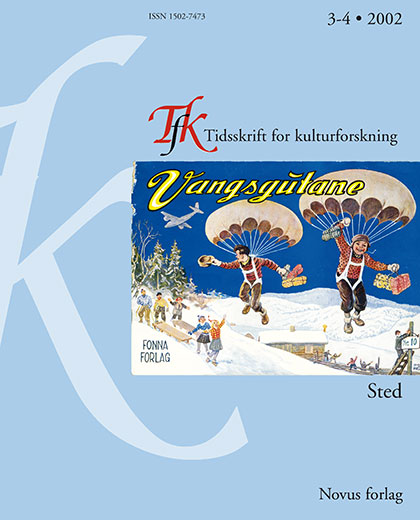Sammendrag
During the last forty years "space" has been introduced as a theoretical tool through a variety of theories originating within geography, philosophy and anthropology. Within the last decades these theories of space have been brought to the agendas of scholars within humanities and cultural studies. However, it is not without difficulties that theories of space, originally based within a context of social sciences, are brought into the humanities. The challenges are certainly brought to light when theses theories are applied onto texts, and particularly onto texts of considerable age. This paper will display some of these challenges.It is commonly held that the territory of Palestine in one form or other is the place of the Jewish Land of Promise. However, when approaching eschatologically oriented texts among the Pseudepigrapha (extra biblical texts from the period 300 BCE - 300 CE), the variety of ideas within these texts seems to challenge this understanding. In various texts, the world and the heavens may be described as the Land of Promise, thus replacing Palestine. Likewise, the terminology of the Land of Promise may be detected outside of a strictly geographical context. A period of time and a state of mind can be described in the same wording.
When comparing these descriptions of the Land of Promise with other places of redemption originating in the same period, this non-localisability seems to be a tendency within the texts. Along with Elysium, Paradise, The Kingdom of God and the New Jerusalem, the Land of Promise seems to transcend both a specific geographical placing and a defined existence as place, time or condition.
These multi vocal Jewish conceptions of the Land of Promise in the context of Late Antiquity should therefore be understood as a word of warning when reading our own ideas of space into ancient texts.
Forfattere beholder opphavsretten og gir tidsskriftet rett til første publisering av arbeidet. En Creative Commons-lisens (CC BY-SA 4.0) gir samtidig andre rett til å dele arbeidet med henvisning til arbeidets forfatter og at det først ble publisert i dette tidsskriftet.

